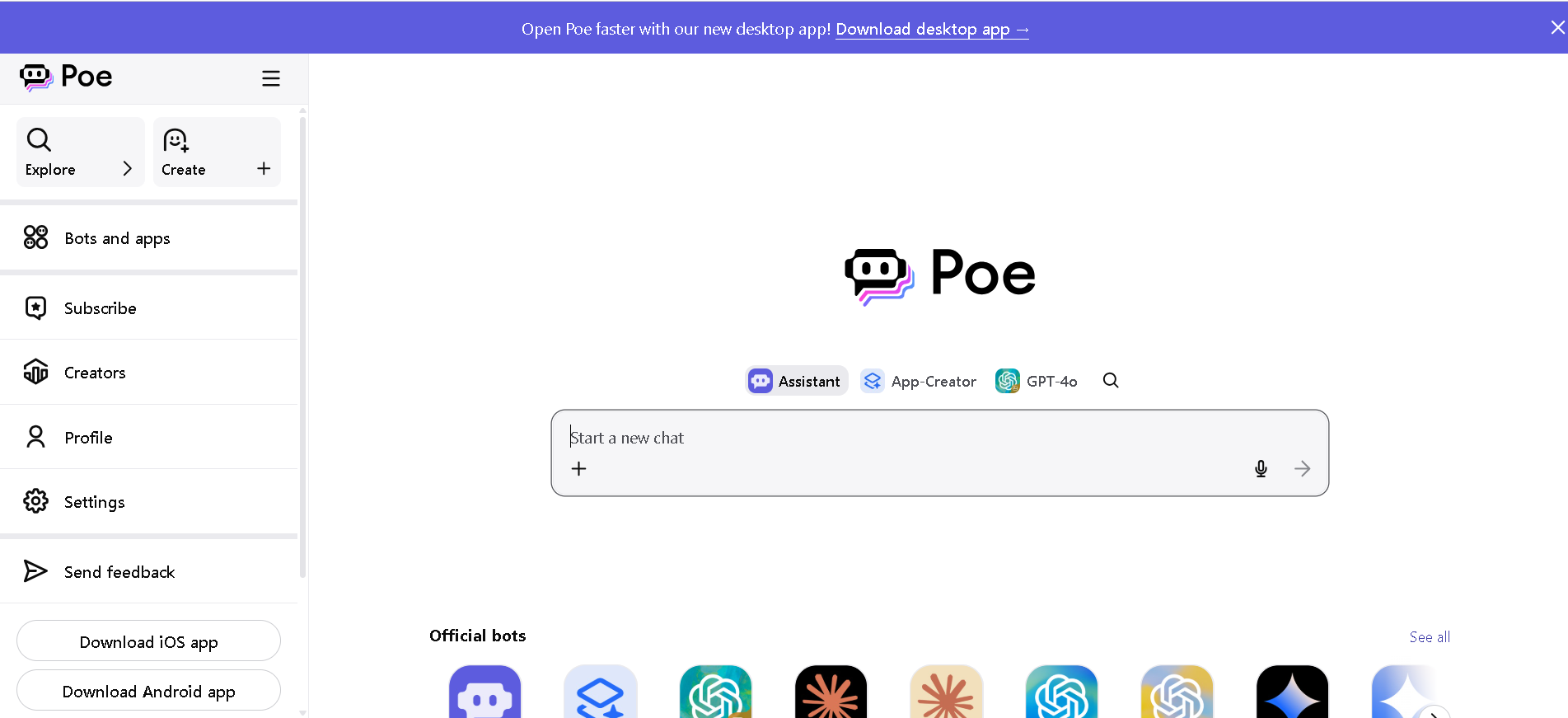
- General Users: Anyone looking to interact with a diverse array of AI chatbots for various tasks, from creative writing to information gathering.
- AI Enthusiasts: Individuals interested in experimenting with and comparing responses from different Large Language Models (LLMs) in one place.
- Content Creators: For generating text, images, and other creative content using various AI models.
- Developers & Coders: To build and deploy custom server-based AI bots with advanced functionalities using the Poe API.
- Aspiring Bot Creators: Individuals who want to create simple prompt-based AI bots without coding or monetize their custom AI creations.
How to Use Poe.com?
- Access the Platform: Visit poe.com or download the Poe app on iOS, Android, MacOS, or Windows.
- Browse & Chat with Bots: Explore a curated list of available AI bots, including popular models like GPT-4, Claude, Gemini-Pro, and community-created bots. Start a chat by selecting a bot.
- Compare Bots: Engage with multiple AI models in the same thread to compare their responses side-by-side to a single prompt, offering diverse perspectives..
- Manage & Monetize Your Bots: Configure settings for your custom bots, including visibility and monetization options (e.g., setting a per-message price or earning referral fees).
- Utilize Advanced Features: Access tools for image generation, image remixing, file uploads, and specific functionalities depending on the chosen bot.
- Unified AI Access: Poe.com aggregates top-tier AI models from various providers (OpenAI, Anthropic, Google, Meta, Stability AI, Mistral, etc.) into a single, user-friendly interface, eliminating the need to switch between different platforms.
- Custom Bot Creation (No-Code & Code): It uniquely allows users to create their own AI bots, either through simple natural language prompts (Prompt Bots) or by deploying custom code via the API (Server Bots), empowering a wide range of creators.
- Bot Monetization: Creators can monetize their custom bots, potentially earning revenue based on user engagement or new user subscriptions, fostering an ecosystem for AI development.
- Multibot Conversations: Users can engage with and compare responses from multiple AI models simultaneously within a single chat thread, providing diverse perspectives and insights.
- Cross-Device Compatibility: Poe.com offers a consistent and seamless experience across web, iOS, Android, MacOS, and Windows.
- Centralized AI Access: A single hub for interacting with a diverse range of leading AI models.
- Empowers Custom Bot Creation: Offers accessible ways for anyone to build and customize their own AI chatbots.
- Monetization Opportunities: Provides a clear path for creators to earn from their AI bots.
- Comparative AI Interaction: The ability to chat with and compare multiple bots simultaneously is highly valuable.
- Strong Multi-Platform Support: Consistent user experience across various devices and operating systems.
- Continuous Innovation: Regularly integrates new and updated AI models from top providers.
- Point System Limitations: The free plan and sometimes even paid plans have a point system that limits message usage, which can interrupt workflows.
- Accuracy Varies by Bot: While it hosts powerful models, the accuracy and quality of responses can still vary between different bots.
- Potential for Overwhelm: The vast number of available bots might be confusing for new users.
- Dependency on Third-Party Models: While an advantage, it means Poe's performance is tied to the underlying LLMs it integrates.
Proud of the love you're getting? Show off your AI Toolbook reviews—then invite more fans to share the love and build your credibility.
Add an AI Toolbook badge to your site—an easy way to drive followers, showcase updates, and collect reviews. It's like a mini 24/7 billboard for your AI.
Reviews
Rating Distribution
Average score
Popular Mention
FAQs
Similar AI Tools

OpenAI’s Real-Time API is a game-changing advancement in AI interaction, enabling developers to build apps that respond instantly—literally in milliseconds—to user inputs. It drastically reduces the response latency of OpenAI’s GPT-4o model to as low as 100 milliseconds, unlocking a whole new world of AI-powered experiences that feel more human, responsive, and conversational in real time. Whether you're building a live voice assistant, a responsive chatbot, or interactive multiplayer tools powered by AI, this API puts real in real-time AI.

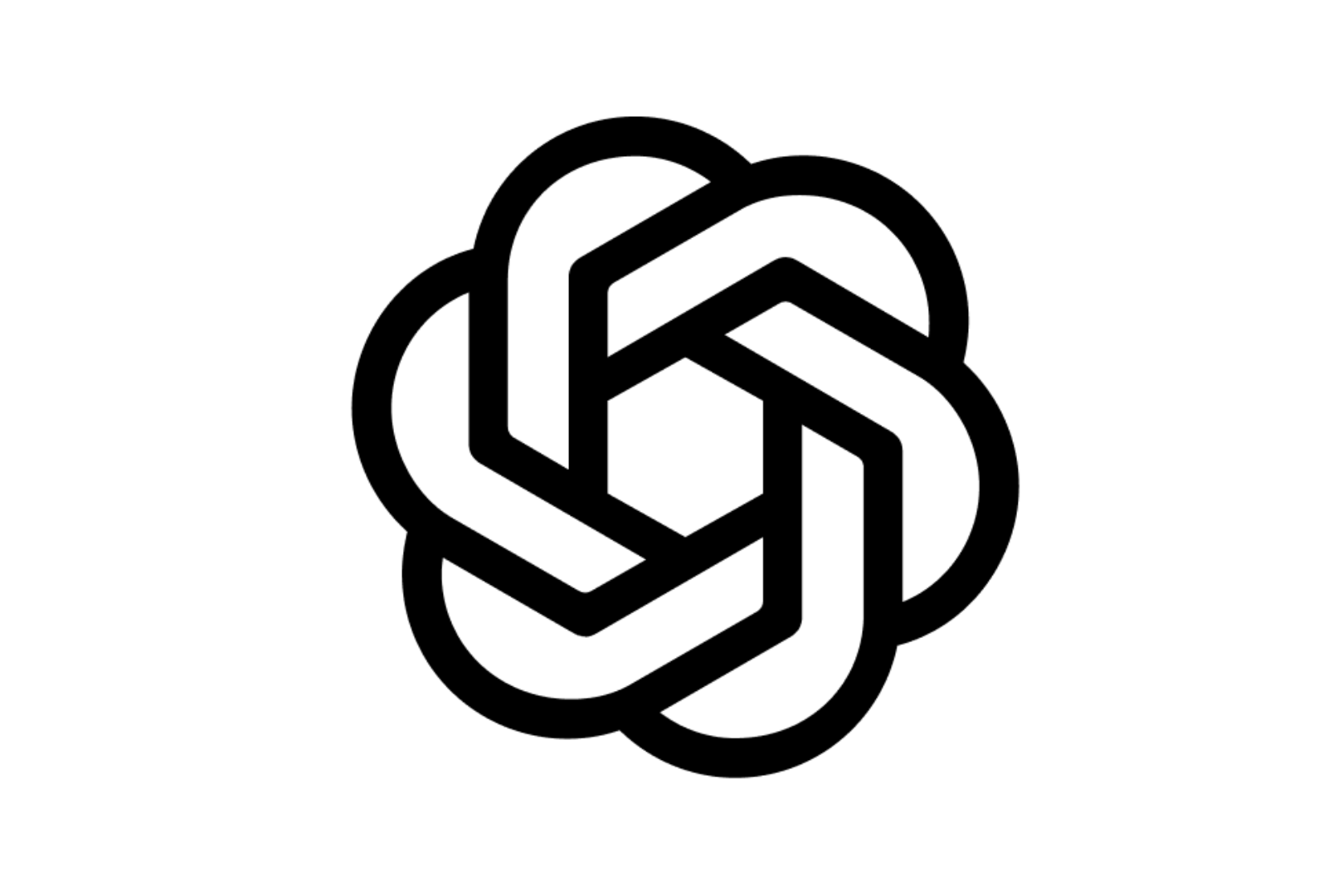
OpenAI Realtime AP..
OpenAI’s Real-Time API is a game-changing advancement in AI interaction, enabling developers to build apps that respond instantly—literally in milliseconds—to user inputs. It drastically reduces the response latency of OpenAI’s GPT-4o model to as low as 100 milliseconds, unlocking a whole new world of AI-powered experiences that feel more human, responsive, and conversational in real time. Whether you're building a live voice assistant, a responsive chatbot, or interactive multiplayer tools powered by AI, this API puts real in real-time AI.


OpenAI Realtime AP..
OpenAI’s Real-Time API is a game-changing advancement in AI interaction, enabling developers to build apps that respond instantly—literally in milliseconds—to user inputs. It drastically reduces the response latency of OpenAI’s GPT-4o model to as low as 100 milliseconds, unlocking a whole new world of AI-powered experiences that feel more human, responsive, and conversational in real time. Whether you're building a live voice assistant, a responsive chatbot, or interactive multiplayer tools powered by AI, this API puts real in real-time AI.
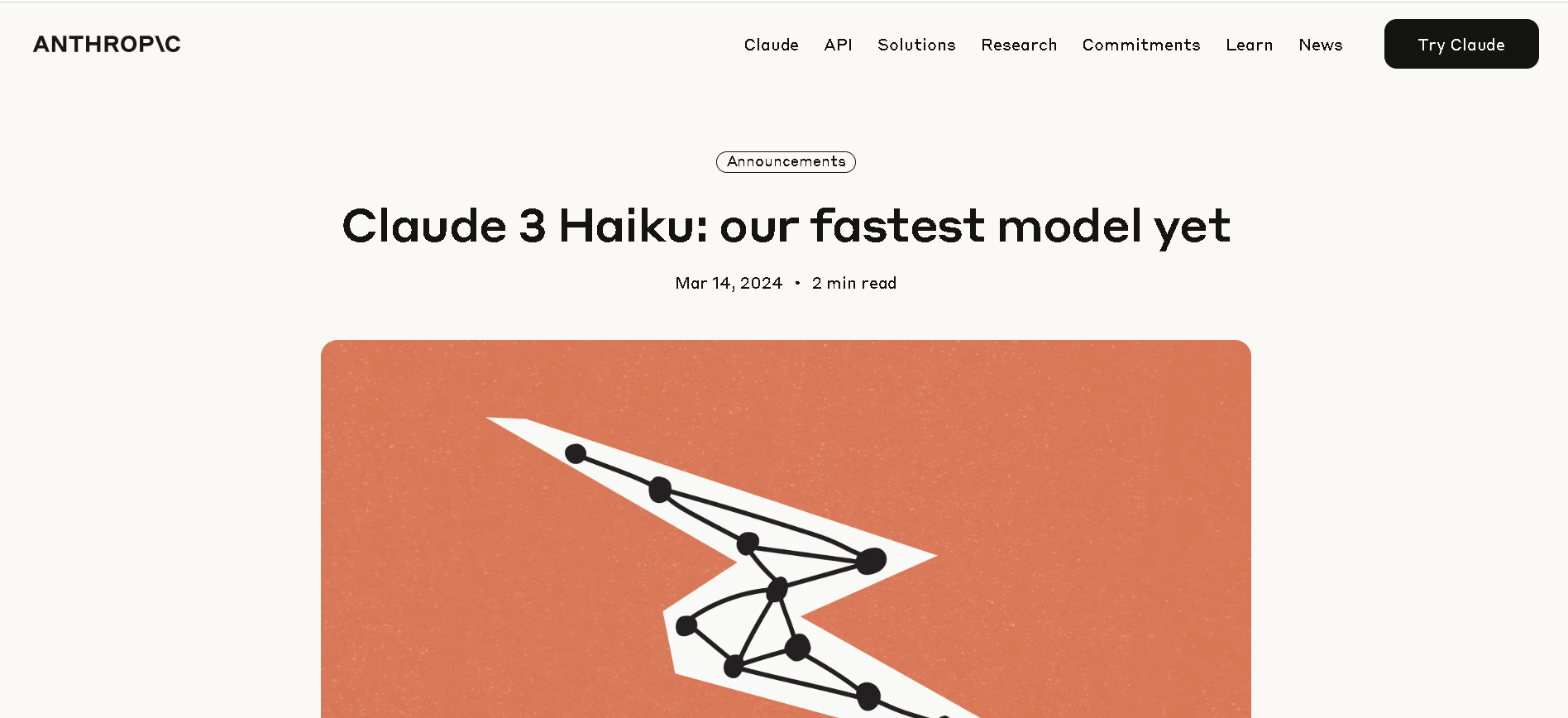
Claude 3 Haiku
Claude 3 Haiku is Anthropic’s fastest and most affordable model in its Claude 3 family. It processes up to 21K tokens per second under 32K token prompts, delivers enterprise-grade vision and text understanding, and can analyze large datasets or image-heavy content in near real-time—all while offering ultra‑low latency and cost.

Claude 3 Haiku
Claude 3 Haiku is Anthropic’s fastest and most affordable model in its Claude 3 family. It processes up to 21K tokens per second under 32K token prompts, delivers enterprise-grade vision and text understanding, and can analyze large datasets or image-heavy content in near real-time—all while offering ultra‑low latency and cost.

Claude 3 Haiku
Claude 3 Haiku is Anthropic’s fastest and most affordable model in its Claude 3 family. It processes up to 21K tokens per second under 32K token prompts, delivers enterprise-grade vision and text understanding, and can analyze large datasets or image-heavy content in near real-time—all while offering ultra‑low latency and cost.
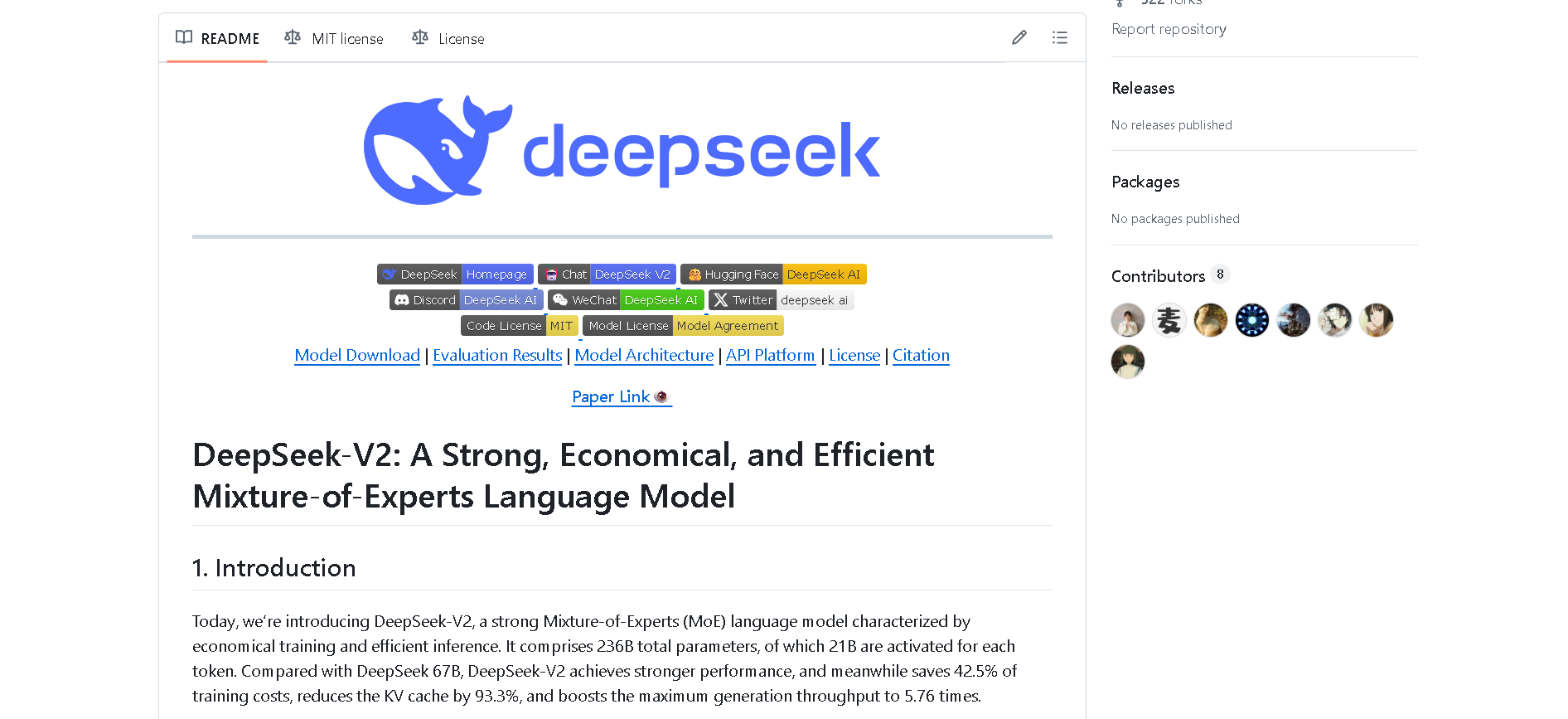

DeepSeek-V2
DeepSeek V2 is an open-source, Mixture‑of‑Experts (MoE) language model developed by DeepSeek-AI, released in May 2024. It features a massive 236 B total parameters with approximately 21 B activated per token, supports up to 128 K token context, and adopts innovative MLA (Multi‑head Latent Attention) and sparse expert routing. DeepSeek V2 delivers top-tier performance on benchmarks while cutting training and inference costs significantly.


DeepSeek-V2
DeepSeek V2 is an open-source, Mixture‑of‑Experts (MoE) language model developed by DeepSeek-AI, released in May 2024. It features a massive 236 B total parameters with approximately 21 B activated per token, supports up to 128 K token context, and adopts innovative MLA (Multi‑head Latent Attention) and sparse expert routing. DeepSeek V2 delivers top-tier performance on benchmarks while cutting training and inference costs significantly.


DeepSeek-V2
DeepSeek V2 is an open-source, Mixture‑of‑Experts (MoE) language model developed by DeepSeek-AI, released in May 2024. It features a massive 236 B total parameters with approximately 21 B activated per token, supports up to 128 K token context, and adopts innovative MLA (Multi‑head Latent Attention) and sparse expert routing. DeepSeek V2 delivers top-tier performance on benchmarks while cutting training and inference costs significantly.
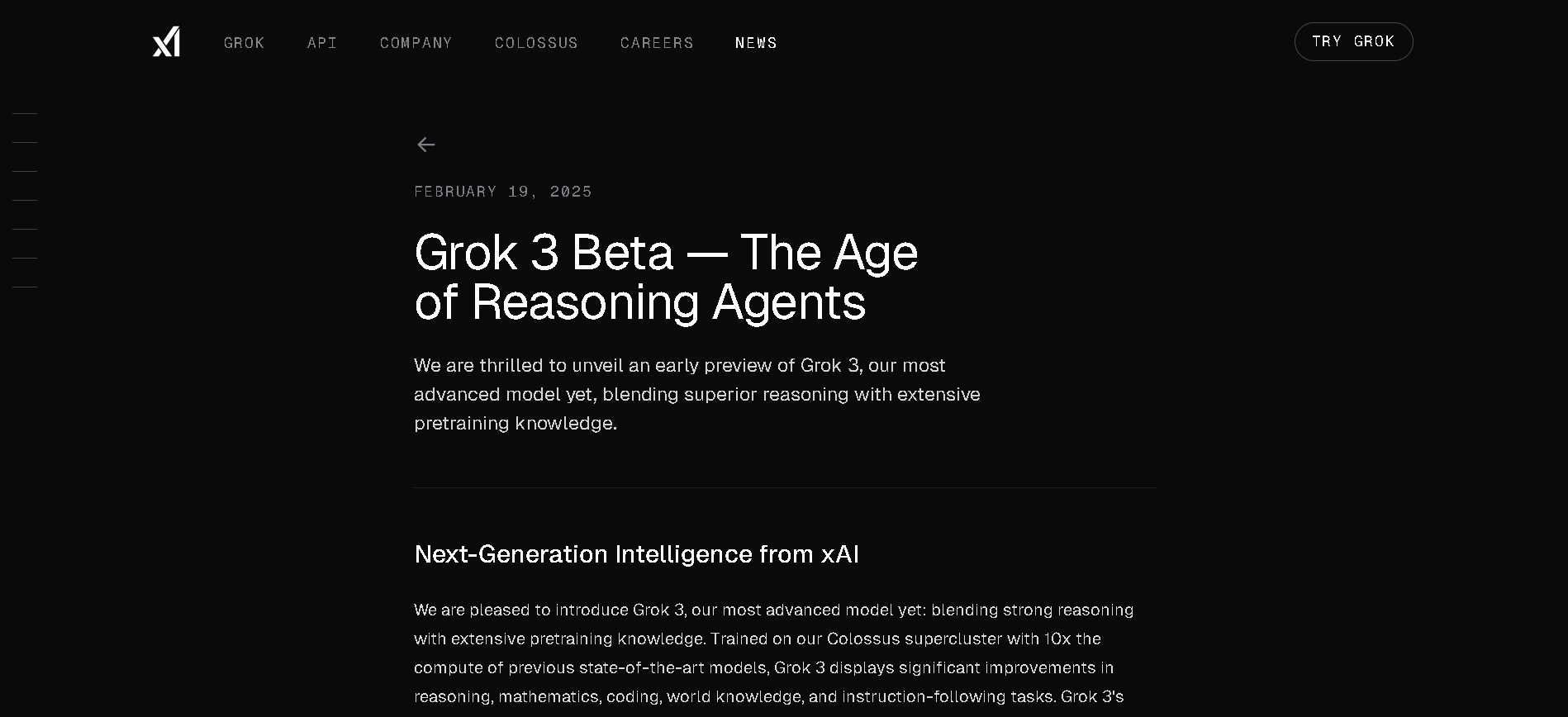
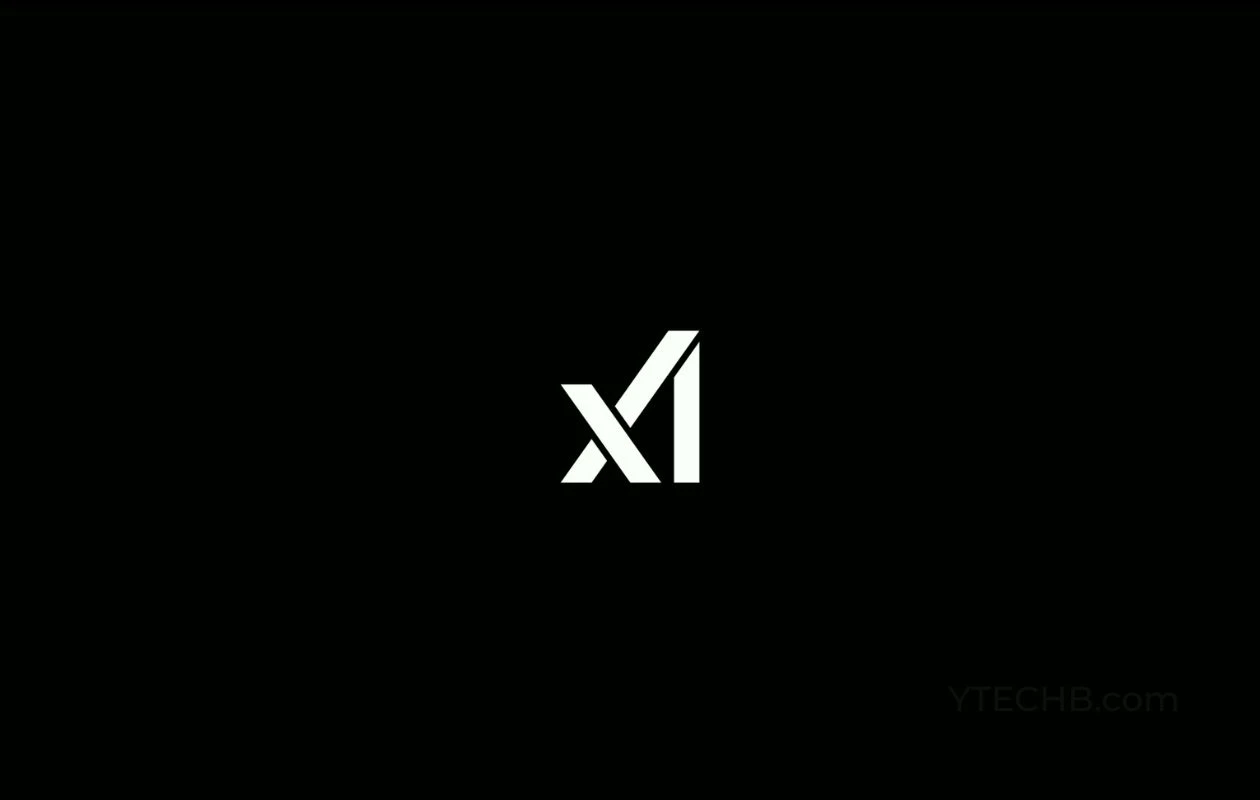
Grok 3 Latest
Grok 3 is xAI’s newest flagship AI chatbot, released on February 17, 2025, running on the massive Colossus supercluster (~200,000 GPUs). It offers elite-level reasoning, chain-of-thought transparency (“Think” mode), advanced “Big Brain” deeper reasoning, multimodal support (text, images), and integrated real-time DeepSearch—positioning it as a top-tier competitor to GPT‑4o, Gemini, Claude, and DeepSeek V3 on benchmarks.


Grok 3 Latest
Grok 3 is xAI’s newest flagship AI chatbot, released on February 17, 2025, running on the massive Colossus supercluster (~200,000 GPUs). It offers elite-level reasoning, chain-of-thought transparency (“Think” mode), advanced “Big Brain” deeper reasoning, multimodal support (text, images), and integrated real-time DeepSearch—positioning it as a top-tier competitor to GPT‑4o, Gemini, Claude, and DeepSeek V3 on benchmarks.


Grok 3 Latest
Grok 3 is xAI’s newest flagship AI chatbot, released on February 17, 2025, running on the massive Colossus supercluster (~200,000 GPUs). It offers elite-level reasoning, chain-of-thought transparency (“Think” mode), advanced “Big Brain” deeper reasoning, multimodal support (text, images), and integrated real-time DeepSearch—positioning it as a top-tier competitor to GPT‑4o, Gemini, Claude, and DeepSeek V3 on benchmarks.
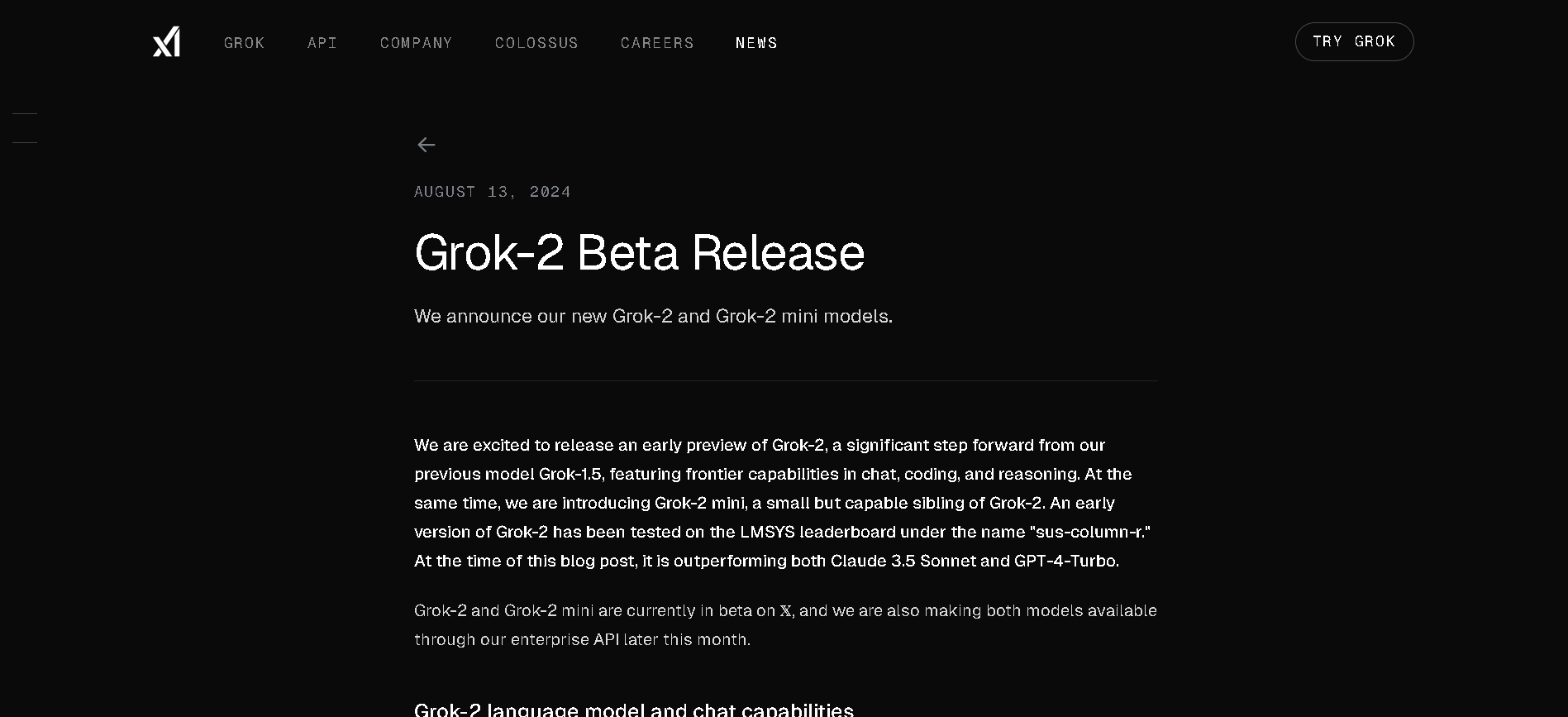
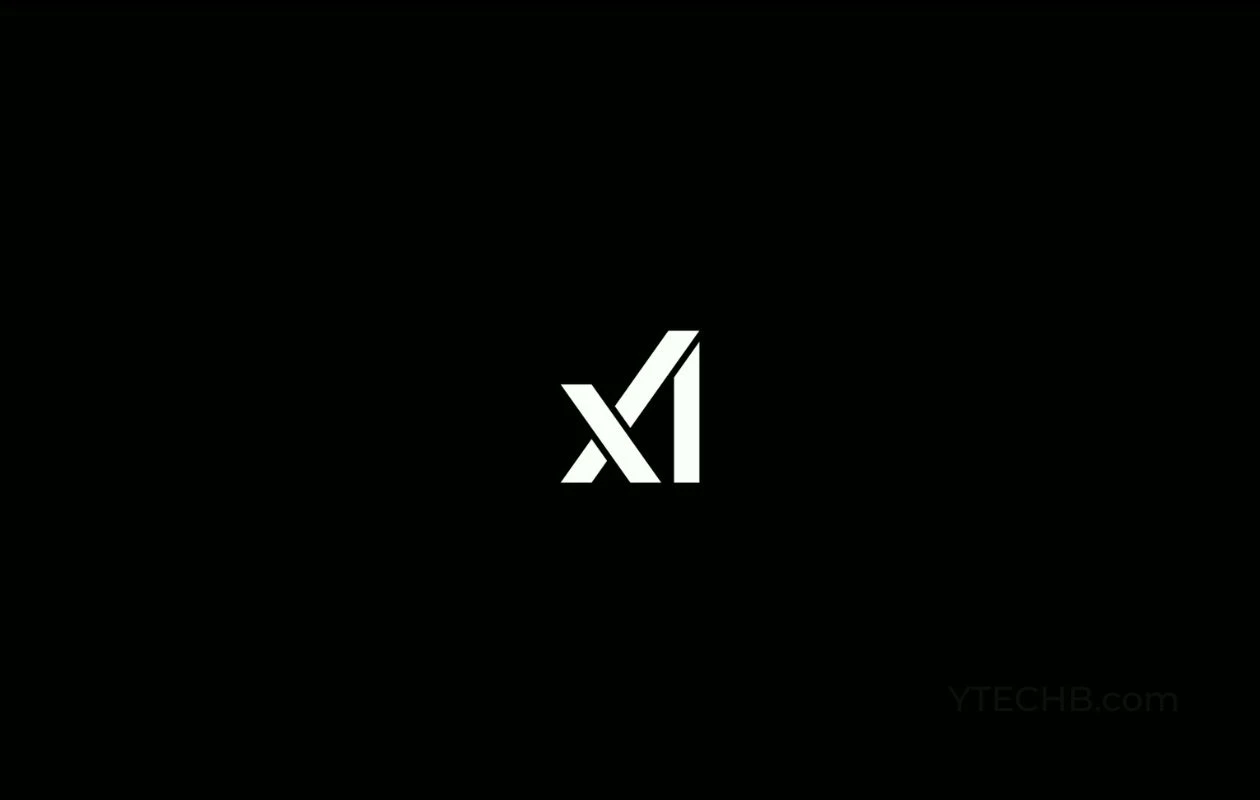
grok-2-latest
Grok 2 is xAI’s second-generation chatbot model, launched in August 2024 as a substantial upgrade over Grok 1.5. It delivers frontier-level performance in chat, coding, reasoning, vision tasks, and image generation via the FLUX.1 system. On leaderboards, it outscored Claude 3.5 Sonnet and GPT‑4 Turbo, with strong results in GPQA (56%), MMLU (87.5%), MATH (76.1%), HumanEval (88.4%), MathVista, and DocVQA benchmarks.


grok-2-latest
Grok 2 is xAI’s second-generation chatbot model, launched in August 2024 as a substantial upgrade over Grok 1.5. It delivers frontier-level performance in chat, coding, reasoning, vision tasks, and image generation via the FLUX.1 system. On leaderboards, it outscored Claude 3.5 Sonnet and GPT‑4 Turbo, with strong results in GPQA (56%), MMLU (87.5%), MATH (76.1%), HumanEval (88.4%), MathVista, and DocVQA benchmarks.


grok-2-latest
Grok 2 is xAI’s second-generation chatbot model, launched in August 2024 as a substantial upgrade over Grok 1.5. It delivers frontier-level performance in chat, coding, reasoning, vision tasks, and image generation via the FLUX.1 system. On leaderboards, it outscored Claude 3.5 Sonnet and GPT‑4 Turbo, with strong results in GPQA (56%), MMLU (87.5%), MATH (76.1%), HumanEval (88.4%), MathVista, and DocVQA benchmarks.
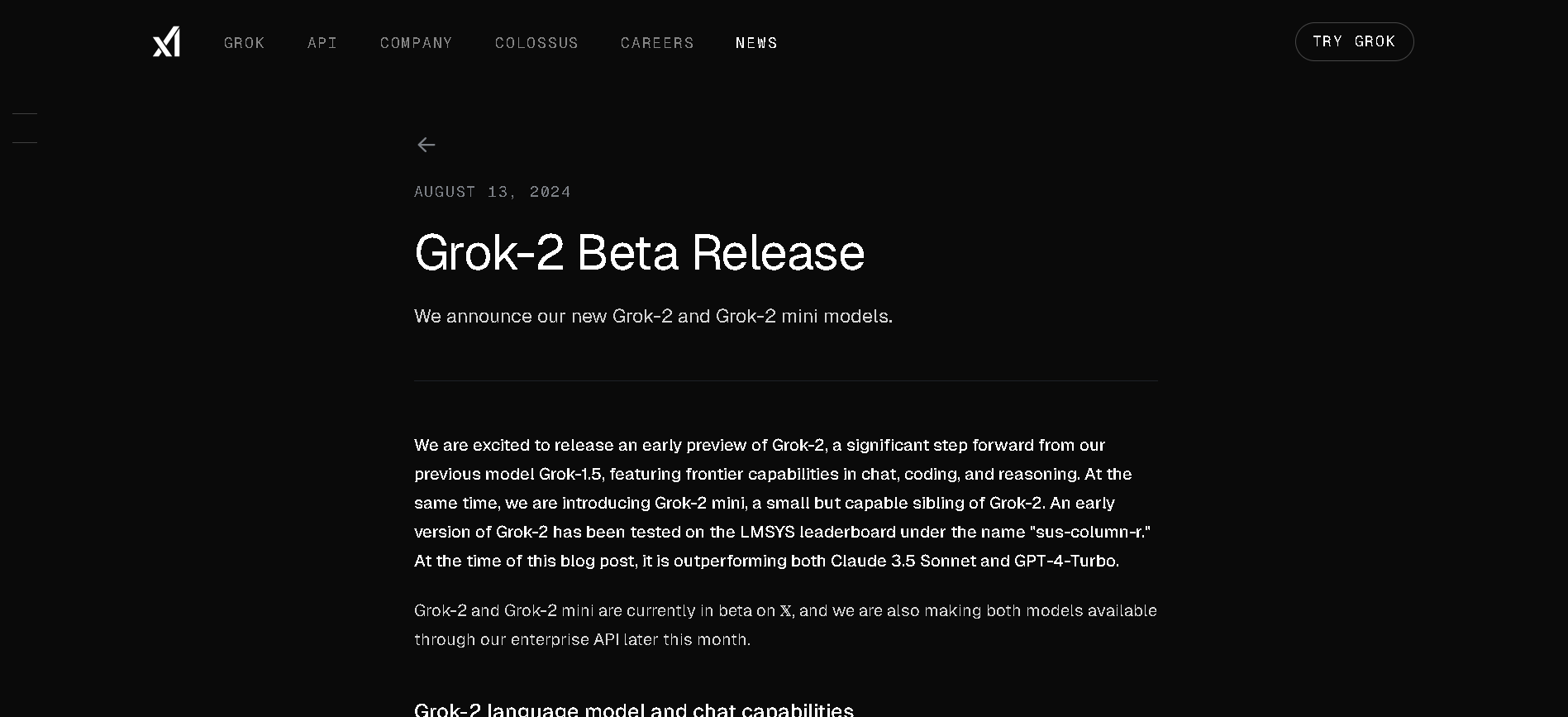
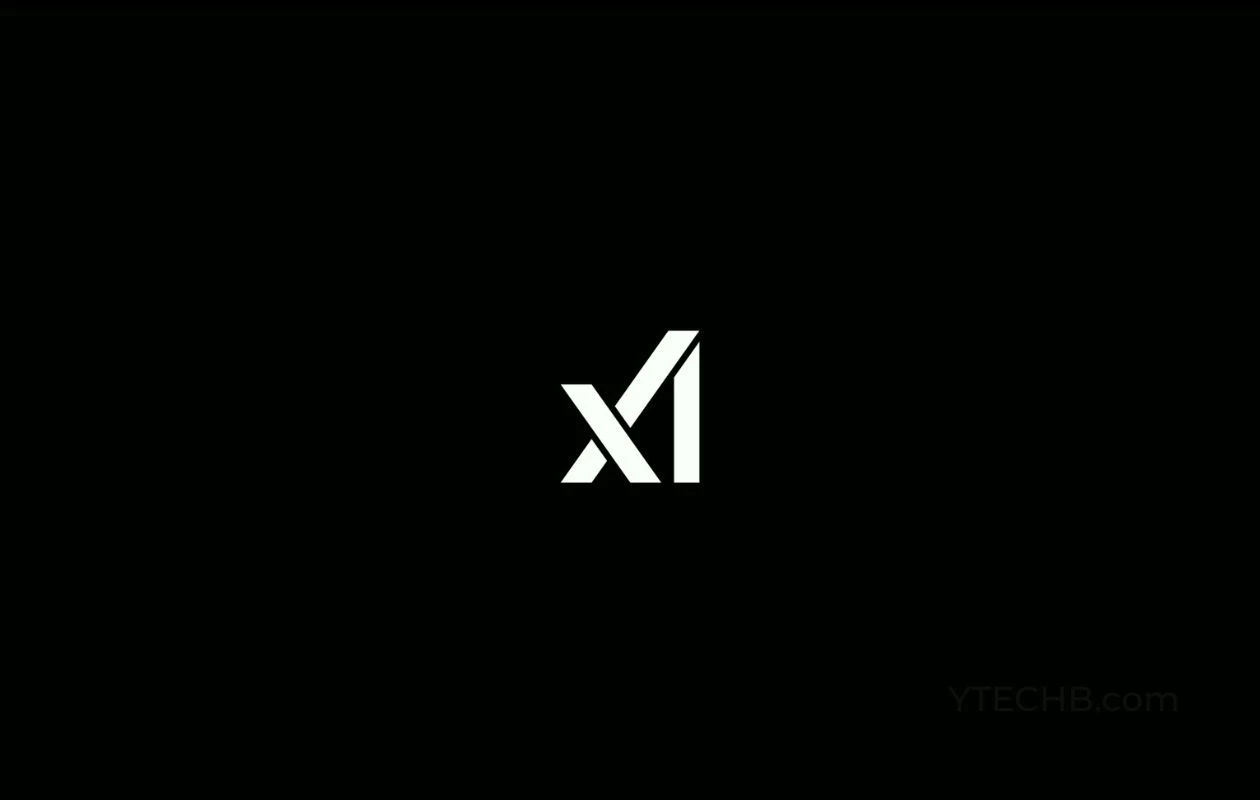
grok-2-1212
Grok 2 – 1212 is xAI’s enhanced version of Grok 2, released December 12, 2024. It’s designed to be faster—up to 3× speed boost—with sharper accuracy, improved instruction-following, and stronger multilingual support. It includes web search, citations, and the Aurora image-generation feature. Now available to all users on X, with Premium tiers getting higher usage limits.


grok-2-1212
Grok 2 – 1212 is xAI’s enhanced version of Grok 2, released December 12, 2024. It’s designed to be faster—up to 3× speed boost—with sharper accuracy, improved instruction-following, and stronger multilingual support. It includes web search, citations, and the Aurora image-generation feature. Now available to all users on X, with Premium tiers getting higher usage limits.


grok-2-1212
Grok 2 – 1212 is xAI’s enhanced version of Grok 2, released December 12, 2024. It’s designed to be faster—up to 3× speed boost—with sharper accuracy, improved instruction-following, and stronger multilingual support. It includes web search, citations, and the Aurora image-generation feature. Now available to all users on X, with Premium tiers getting higher usage limits.

Mfuniko
Mfuniko.com is a centralized platform that provides easy access to multiple top AI chatbots, including ChatGPT, DeepSeek, Gemini, Claude, and Grok, all in one place. Its primary purpose is to offer users a hub to interact with various AI models with a pay-only-for-what-you-use model using their own API keys, thereby avoiding monthly fees for model access. The platform also features chat organization, cross-device sharing, and the ability to interact with files for analysis, summarization, or answering questions.

Mfuniko
Mfuniko.com is a centralized platform that provides easy access to multiple top AI chatbots, including ChatGPT, DeepSeek, Gemini, Claude, and Grok, all in one place. Its primary purpose is to offer users a hub to interact with various AI models with a pay-only-for-what-you-use model using their own API keys, thereby avoiding monthly fees for model access. The platform also features chat organization, cross-device sharing, and the ability to interact with files for analysis, summarization, or answering questions.

Mfuniko
Mfuniko.com is a centralized platform that provides easy access to multiple top AI chatbots, including ChatGPT, DeepSeek, Gemini, Claude, and Grok, all in one place. Its primary purpose is to offer users a hub to interact with various AI models with a pay-only-for-what-you-use model using their own API keys, thereby avoiding monthly fees for model access. The platform also features chat organization, cross-device sharing, and the ability to interact with files for analysis, summarization, or answering questions.
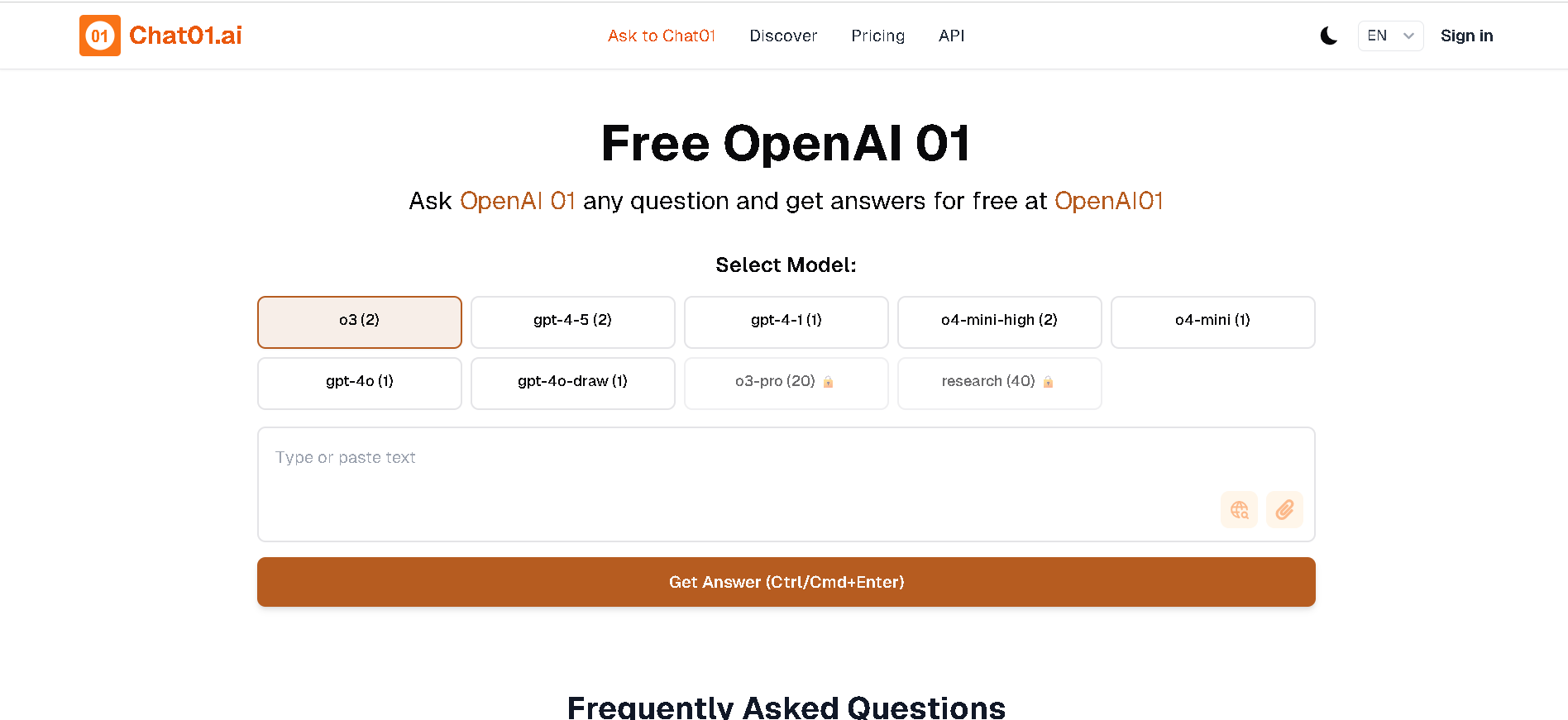
Chat 01 AI
Chat01.ai is a platform that offers free and unlimited chat with OpenAI 01, a new series of AI models. These models are specifically designed for complex reasoning and problem-solving in areas such as science, coding, and math, by employing a "think more before responding" approach, trying different strategies, and recognizing mistakes.

Chat 01 AI
Chat01.ai is a platform that offers free and unlimited chat with OpenAI 01, a new series of AI models. These models are specifically designed for complex reasoning and problem-solving in areas such as science, coding, and math, by employing a "think more before responding" approach, trying different strategies, and recognizing mistakes.

Chat 01 AI
Chat01.ai is a platform that offers free and unlimited chat with OpenAI 01, a new series of AI models. These models are specifically designed for complex reasoning and problem-solving in areas such as science, coding, and math, by employing a "think more before responding" approach, trying different strategies, and recognizing mistakes.
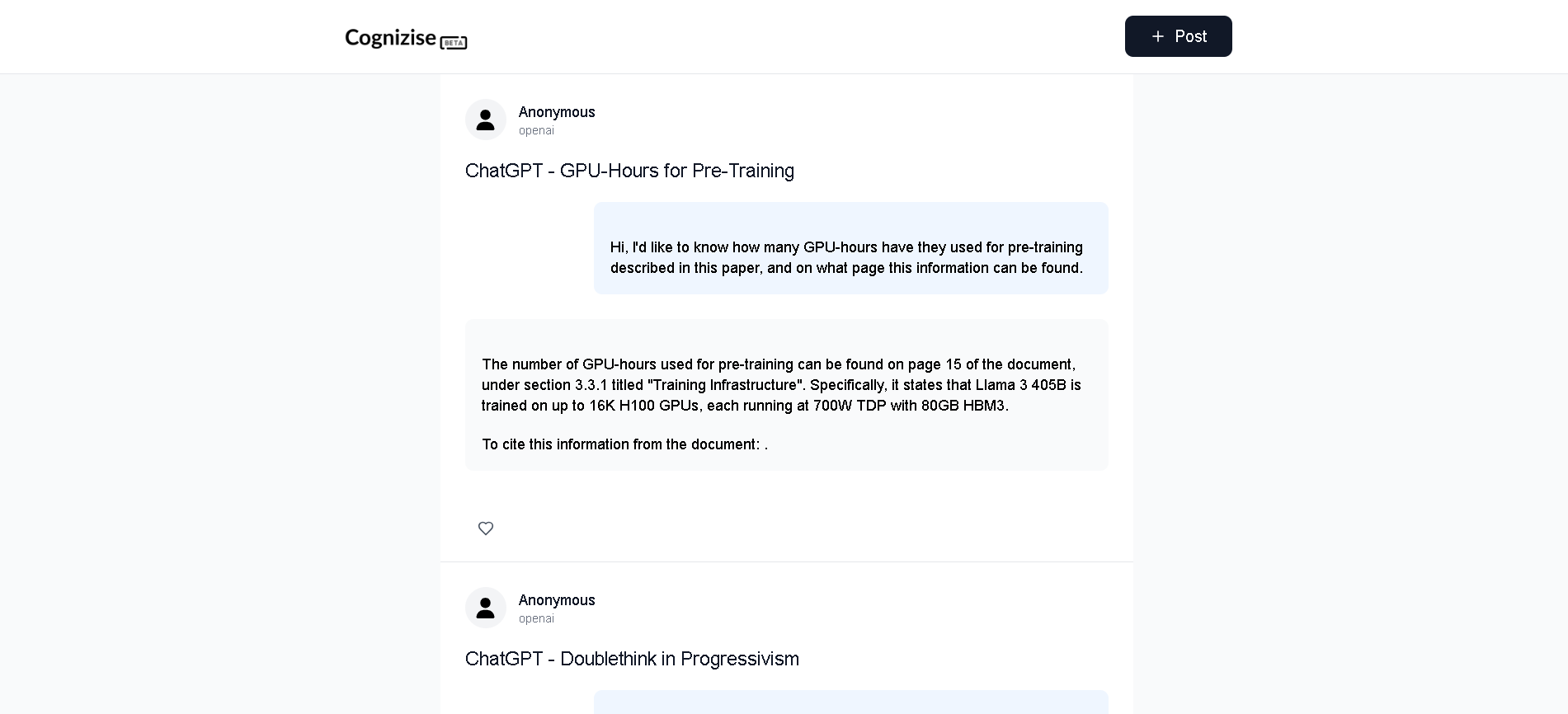
Cognizise
Cognizise.com is an AI-powered platform that allows users to ask questions and receive AI-generated answers on a wide variety of topics. It serves as a comprehensive resource for exploring AI-generated content, ranging from technical queries to practical advice and discussions on current events.

Cognizise
Cognizise.com is an AI-powered platform that allows users to ask questions and receive AI-generated answers on a wide variety of topics. It serves as a comprehensive resource for exploring AI-generated content, ranging from technical queries to practical advice and discussions on current events.

Cognizise
Cognizise.com is an AI-powered platform that allows users to ask questions and receive AI-generated answers on a wide variety of topics. It serves as a comprehensive resource for exploring AI-generated content, ranging from technical queries to practical advice and discussions on current events.
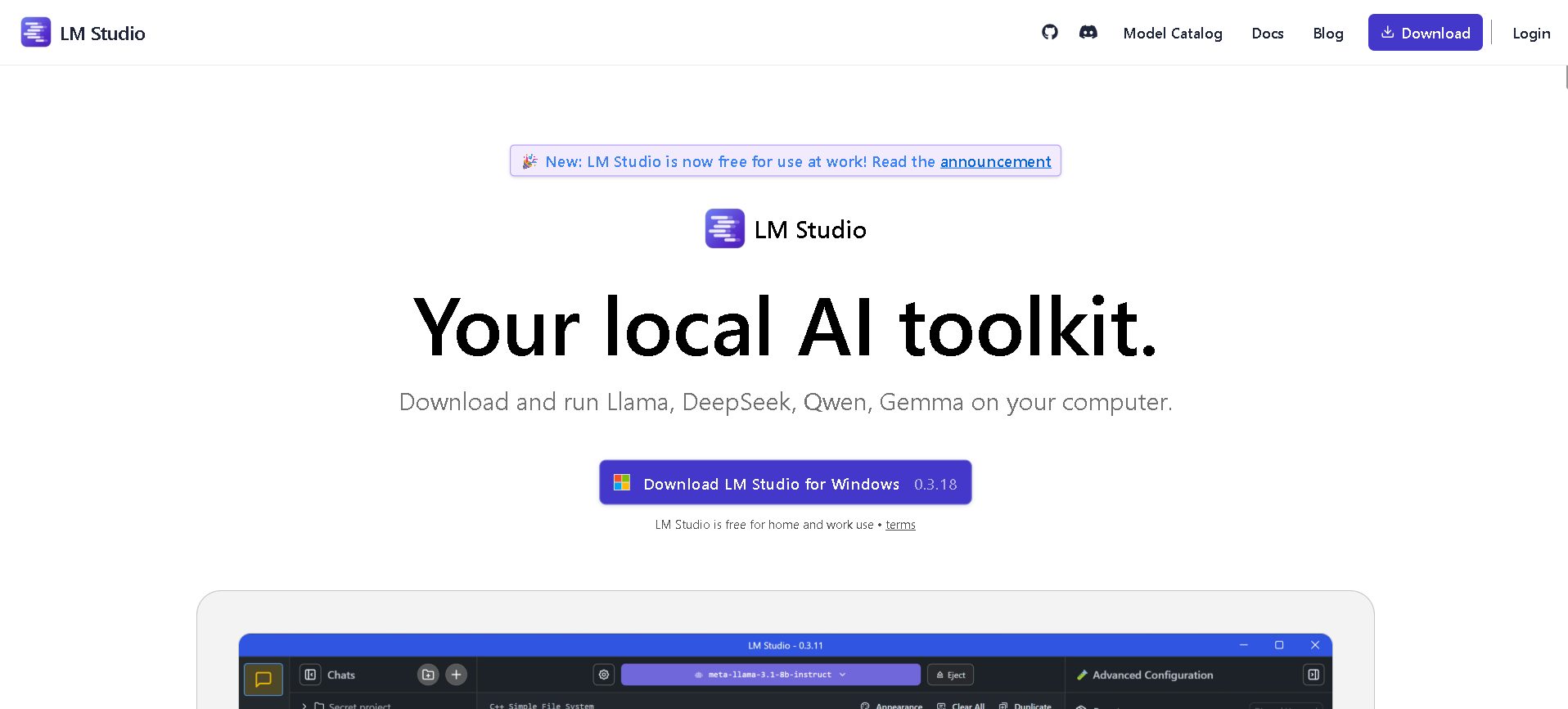

LM Studio
LM Studio is a local AI toolkit that empowers users to discover, download, and run Large Language Models (LLMs) directly on their personal computers. It provides a user-friendly interface to chat with models, set up a local LLM server for applications, and ensures complete data privacy as all processes occur locally on your machine.


LM Studio
LM Studio is a local AI toolkit that empowers users to discover, download, and run Large Language Models (LLMs) directly on their personal computers. It provides a user-friendly interface to chat with models, set up a local LLM server for applications, and ensures complete data privacy as all processes occur locally on your machine.


LM Studio
LM Studio is a local AI toolkit that empowers users to discover, download, and run Large Language Models (LLMs) directly on their personal computers. It provides a user-friendly interface to chat with models, set up a local LLM server for applications, and ensures complete data privacy as all processes occur locally on your machine.
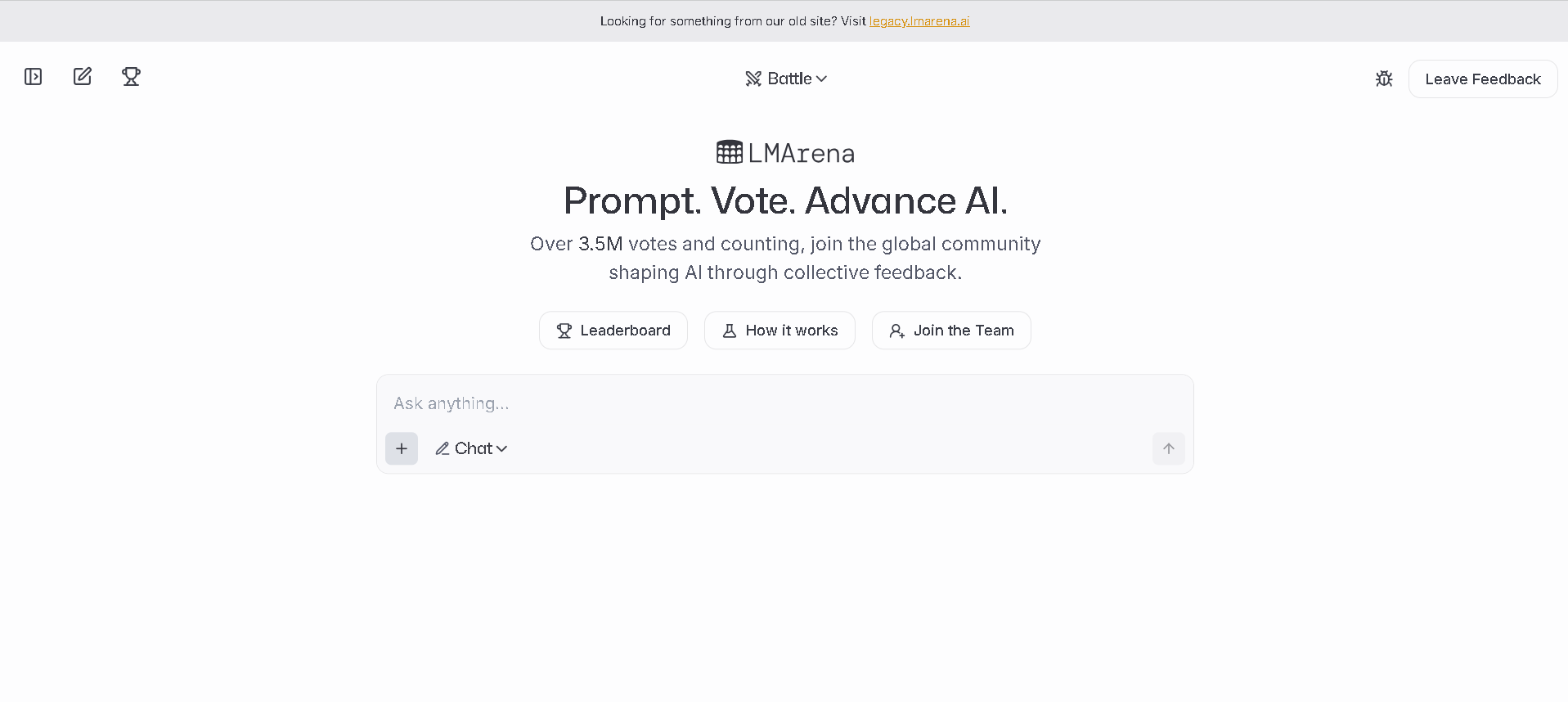
LM Arena
LMArena is a platform designed to allow users to contribute to the development of AI through collective feedback. Users interact with and provide feedback on various Large Language Models (LLMs) by voting on their responses, thereby helping to shape and improve AI capabilities. The platform fosters a global community and features a leaderboard to showcase user contributions.

LM Arena
LMArena is a platform designed to allow users to contribute to the development of AI through collective feedback. Users interact with and provide feedback on various Large Language Models (LLMs) by voting on their responses, thereby helping to shape and improve AI capabilities. The platform fosters a global community and features a leaderboard to showcase user contributions.

LM Arena
LMArena is a platform designed to allow users to contribute to the development of AI through collective feedback. Users interact with and provide feedback on various Large Language Models (LLMs) by voting on their responses, thereby helping to shape and improve AI capabilities. The platform fosters a global community and features a leaderboard to showcase user contributions.
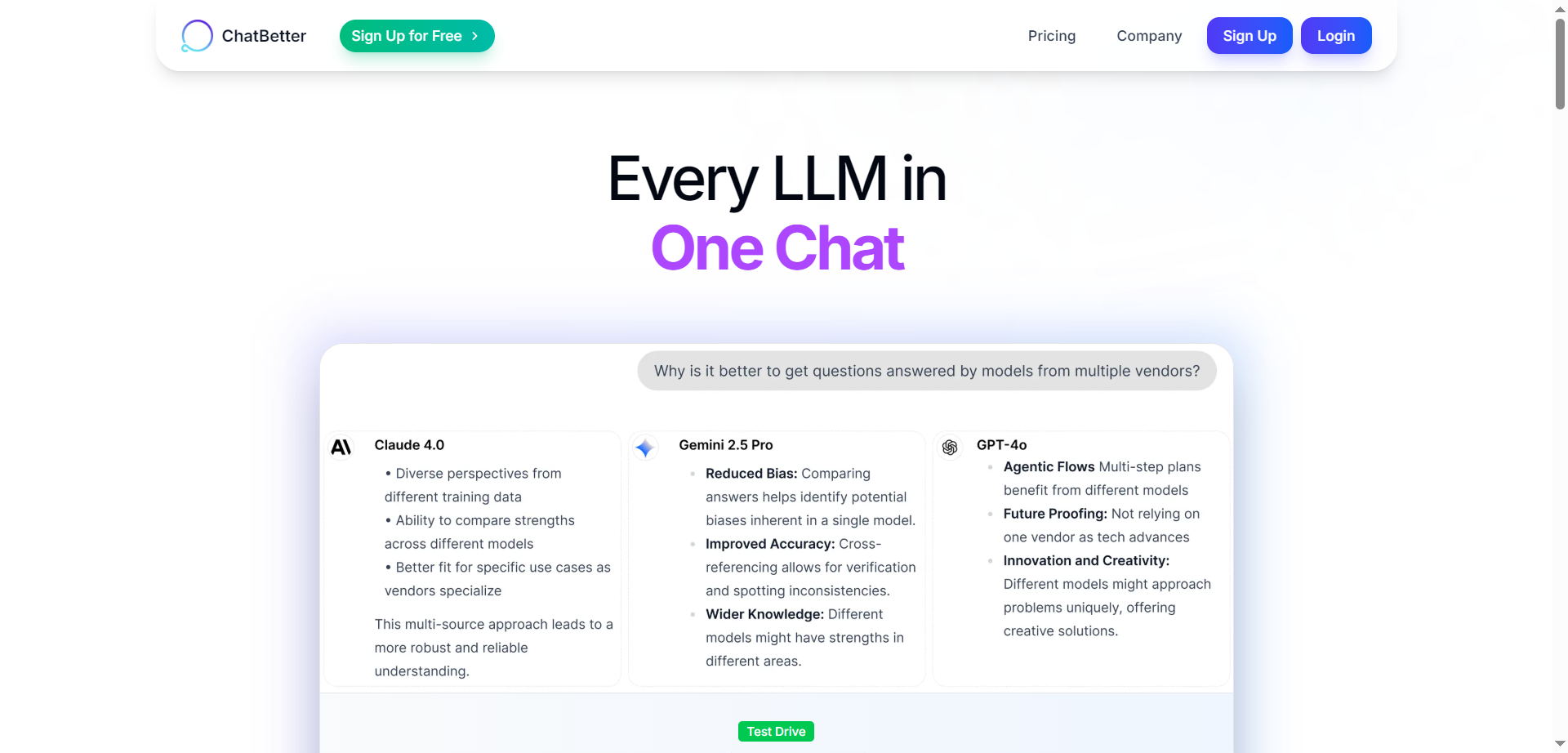
ChatBetter
ChatBetter is an AI platform designed to unify access to all major large language models (LLMs) within a single chat interface. Built for productivity and accuracy, ChatBetter leverages automatic model selection to route every query to the most capable AI—eliminating guesswork about which model to use. Users can directly compare responses from OpenAI, Anthropic, Google, Meta, DeepSeek, Perplexity, Mistral, xAI, and Cohere models side by side, or merge answers for comprehensive insights. The system is crafted for teams and individuals alike, enabling complex research, planning, and writing tasks to be accomplished efficiently in one place.

ChatBetter
ChatBetter is an AI platform designed to unify access to all major large language models (LLMs) within a single chat interface. Built for productivity and accuracy, ChatBetter leverages automatic model selection to route every query to the most capable AI—eliminating guesswork about which model to use. Users can directly compare responses from OpenAI, Anthropic, Google, Meta, DeepSeek, Perplexity, Mistral, xAI, and Cohere models side by side, or merge answers for comprehensive insights. The system is crafted for teams and individuals alike, enabling complex research, planning, and writing tasks to be accomplished efficiently in one place.

ChatBetter
ChatBetter is an AI platform designed to unify access to all major large language models (LLMs) within a single chat interface. Built for productivity and accuracy, ChatBetter leverages automatic model selection to route every query to the most capable AI—eliminating guesswork about which model to use. Users can directly compare responses from OpenAI, Anthropic, Google, Meta, DeepSeek, Perplexity, Mistral, xAI, and Cohere models side by side, or merge answers for comprehensive insights. The system is crafted for teams and individuals alike, enabling complex research, planning, and writing tasks to be accomplished efficiently in one place.
Editorial Note
This page was researched and written by the ATB Editorial Team. Our team researches each AI tool by reviewing its official website, testing features, exploring real use cases, and considering user feedback. Every page is fact-checked and regularly updated to ensure the information stays accurate, neutral, and useful for our readers.
If you have any suggestions or questions, email us at hello@aitoolbook.ai
